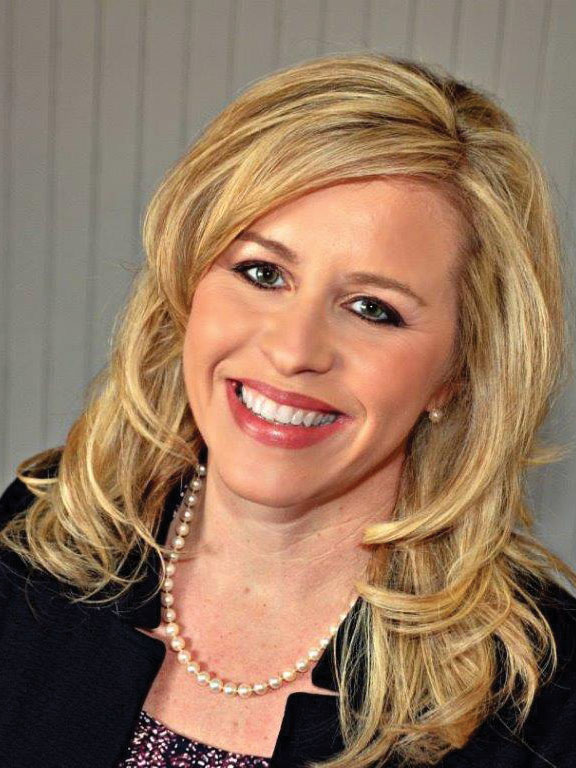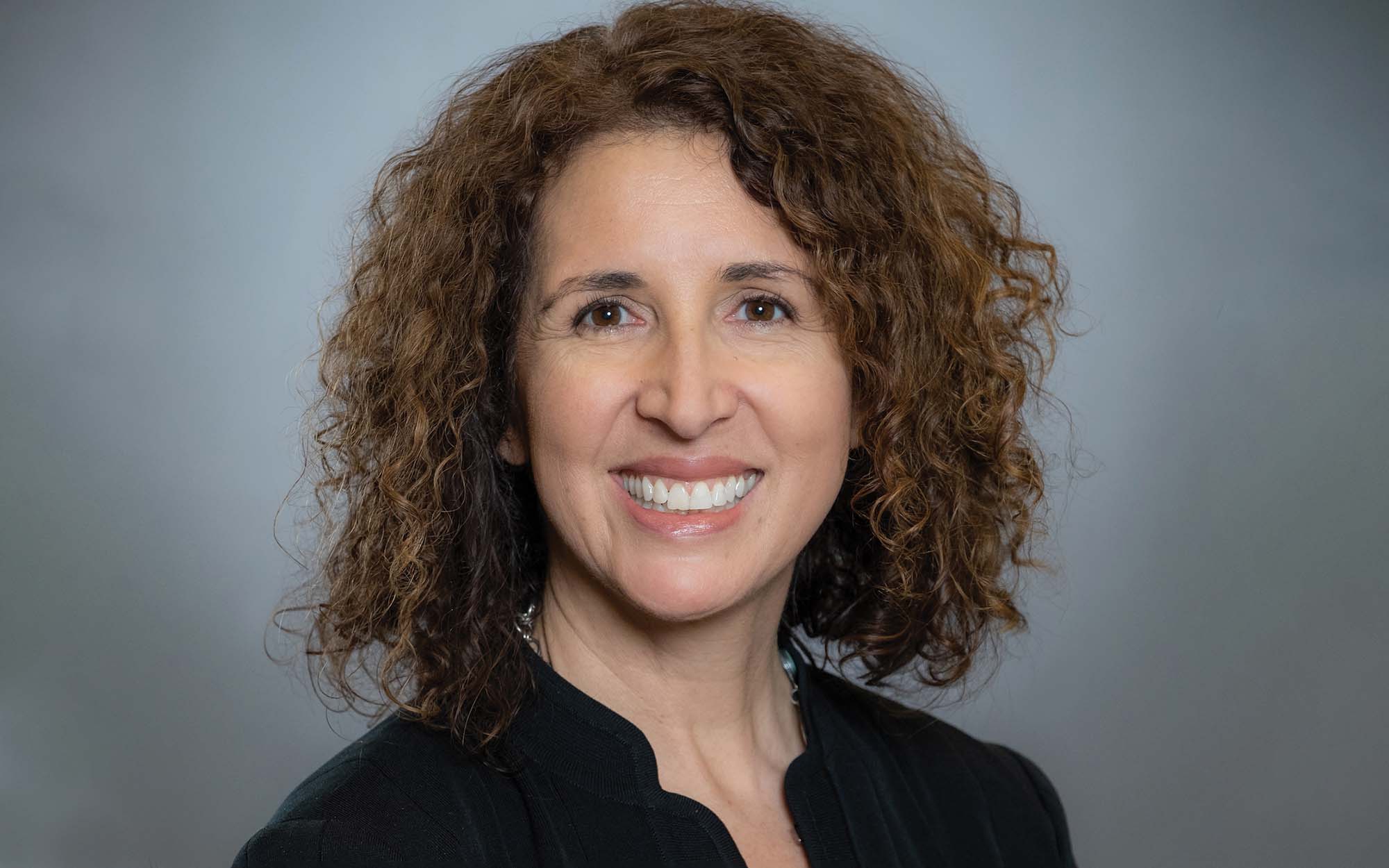Deep into 2023, many community bankers trailing their economic plans for the year are searching for ways to cut expenses and increase their banks’ earnings.
Funding costs are under pressure, and loan activity is growing at a much slower pace than expected, explains Matt Pieniazek, president and CEO of Darling Consulting Group in Newburyport, Mass. “It will be very difficult for banks to regain or make up their plan in the second half of the year,” he says. “At times like this, conversations about expense reduction are gaining momentum.”

One challenge is that even a pressing priority like cutting costs takes time that many bank executives lack. Another challenge is simply deciding where to start.
“The first thing I’d suggest is looking at your general ledger,” advises Jim Schartman, president and cofounder of Check Printing Contract Consulting in Cleveland, Ohio. “Go right to your top 10 expense lines and see what due diligence you can do for each of those.”
Here are nine other ways community banks can cut costs.
Cost-saving ideas for community banks
1. Carefully negotiate your core processing agreement.
One of the most important vendor contracts, core processing agreements, is a challenge to negotiate because they’re lengthy and full of legalese. Typically running anywhere from 60 to 80 pages, these contracts are “very complicated,” says Schartman. He notes that community banks often feel stuck with their existing vendors because of fine print that they might not have originally noticed.
For that reason, Schartman recommends using a third-party consultant for negotiating core-processing contracts to avoid a scenario in which an obscure clause creates problems down the road.
Choosing a core processor carefully matters for a host of reasons, including that changing course later is extraordinarily disruptive. On a one-to-10 scale of impact to customers and employees, Schartman ranks switching core processors as “a 12.”
2. Get creative with headcount management.
“Community banks sponsor Little League teams and their employees are part of the community, so they don’t consider laying off 20 people an option,” says Paul Schaus, founder, president and CEO of CCG Catalyst Consulting in Phoenix.

While this type of loyalty is admirable and an important aspect of community-bank culture, employees’ compensation and benefits are among a bank’s greatest expenses. Instead of layoffs, Schaus suggests initiating hiring freezes or offering incentives for early retirement to rein in, and perhaps save on, staffing costs.
3. Organize contracts and avoid auto-renewing.
“Finding a master service agreement should not be a treasure hunt,” according to Kelly Flynn, national sales director for JMFA Contract Optimizer in Houston. She has seen community banks overspend because of a misplaced contract that detailed how and when to cancel, as well as because they began the search too late in the game to change vendors.
“Due diligence means getting three bids from two other companies, plus your current supplier, and doing a thorough evaluation.”—Kelly Flynn, JMFA Contract Optimizer
Due diligence takes time. Flynn recommends evaluating any significant contract 24 months before the renewal deadline.
In addition, she encourages bankers to prioritize their vendor searches. “Due diligence,” she says, “doesn’t mean that you talk to your current vendor and the vendor cuts the price by five, 10 or 15% and you sign up for five more years. Due diligence means getting three bids from two other companies, plus your current supplier, and doing a thorough evaluation.”
“Community banks typically deal with hundreds of vendors. Having a centralized repository can bring real value.”—Jim Schartman, Check Printing Contract Consulting
One best practice for avoiding missed deadlines and lost contracts is establishing a central contract repository either on your own or using a technology vendor that specializes in this service.
“Community banks typically deal with hundreds of vendors,” according to Schartman. “Having a centralized repository can bring real value.”
4. Take advantage of incentives from card processors.
When it comes to maximizing agreements with card processors like Visa or Mastercard, financial institutions should not only think about cutting expenses but also taking advantage of available incentives, explains Mike Holt, partner at Profit Resources, Inc. (PRI) in Monroe, Ga.
Holt notes that Visa and Mastercard offer incentive income for banks that place their logos on the banks’ debit cards, guaranteeing issuance for a discrete time. “If the pie here is the interchange income,” he explains, “the incentives [card processors] pay to guarantee your loyalty in issuance is the whipped cream on top.”
Mikelle Brady, also a partner at PRI, underscores the importance of negotiating with electronic funds transfer (EFT) processors and making sure “you’re getting the best rates possible.”
5. Revisit your check-printing arrangement.
Schartman estimates community banks can save 40% on check-printing costs by using a third party to negotiate contracts.
When it comes to securing a good deal, the problem, he says, is that pricing is “opaque and individually negotiated.” In addition, choice is limited, as the field is dominated by two major players that together serve around 95% of the market: Vericast (formerly Harland Clarke) and Deluxe.
Some firms, including Schartman’s, include their consulting fee as a percentage of their final savings for the bank.
6. Look for unused services and duplicated efforts.
PRI’s Brady describes a “system utilization review” as an excellent step for understanding which services your current roster of vendors provides.
During such a review, her firm searches through filing cabinets and often finds products and services that a bank doesn’t realize it owns. A bank can then begin using what it’s entitled to or can cancel the unused service—and reap any savings.
In addition, Brady frequently discovers that a bank can discontinue an often-duplicated service—for example, e-signature—at one or more vendors if it has been inadvertently paying multiple providers for the same functionality.
7. Outsource specialized expertise rather than adding employees.
Given the large-bank failures this year, Pieniazek predicts that “regulatory scrutiny will be accelerating northward.”
Savvy banks will not necessarily hire a bevy of risk management and compliance experts; instead, he suggests, many will outsource the expertise and technology they need.
Other areas that lend themselves to outsourcing, says Pieniazek, include credit reviews and the asset-liability committee (ALCO).
8. Beware of CPI hikes and other potentially costly clauses.
Some small-print contract terms can prove a big headache if not properly negotiated, says Flynn. One example is a provision to raise prices based on the Consumer Price Index (CPI). Flynn has seen a community bank face a vendor price increase of $6,000 a month because of CPI.
Whenever possible, Flynn negotiates caps on CPI hikes for her clients. She also pays close attention to early termination penalties. Here, she notes that hard dollar amounts are generally preferable to vague language.
9. Don’t forget backburner contracts like ATMs and credit reporting.
“I’ve seen credit reporting contracts that have literally been on auto-renew for 20 years, and for ATMs, it can be the same thing,” says Flynn. She therefore advises paying attention to all contracts, even the “backburner” ones.
“CEOs have so much to do that they don’t have time to focus on what [you might] consider to be ‘non-consequential’ vendor contracts,” Flynn says. “But … there can be incentives or cost-savings, and this money can help them roll out new digital banking or other services to help them compete and be efficient.”
In the end, taking the time to negotiate all contracts properly can result in cost savings, both now and down the road.
Find long-term cost savings through technology
Technology is a short-term cost than can unlock dramatic opportunities for cutting expenses over time.
Implementing online account opening technology, for instance, is a cost that can eventually pay for itself and may even bolster the bottom line as banks become more efficient, says Paul Schaus, founder, president and CEO of CCG Catalyst Consulting in Phoenix. Ditto, he says, for the latest accounts payable systems, which allow invoices to be issued and paid online.
On the other hand, Schaus cautions that not all “shiny objects” in technology are worth the investment. For instance, he has yet to find a bank “that can do a decent ROI on video ATMs,” because the machines run $100,000 apiece and many customers still prefer face-to-face interactions.






